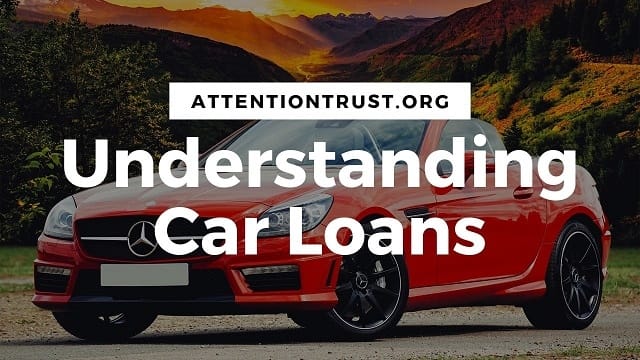For most of us, getting some kind of financing is a basic part of buying a car. Without financing, after all, we’d be on the hook for the full value of the vehicle right at the moment that we bought it. Considering that the average price of a car is over $37,000, that’s a lot to ask.
It’s no surprise, then, that most of us choose to get auto loans and pay for our vehicles in month-to-month increments. This system can be tricky, though, because it is all too easy to be sucked in by zero-down financing and end up trapped in a vicious cycle of debt. Here’s how to get a car loan that actually works for you and what to do if your loan becomes a burden:
Car Loans: Good or Bad?
From a personal finance point of view, there are two basic types of debt: good debt and bad debt. “Good” debt helps you grow your overall wealth and, in the long term, pays for itself. A mortgage is one example: While you’ll pay interest on your mortgage, interest rates for such loans tend to be lower, as they’re subsidized and tax-advantaged. Plus, your mortgage helps you get a house, which means you’re gaining a valuable asset and no longer have to pay wasteful rent. That makes a home loan well worth it provided, of course, that you do your research and borrow affordably.
“Bad” debt gets you little or nothing of value and costs you dearly in interest. Credit card debt is a classic example, because it gives you nothing more than convenience and, studies say, may cost you by causing you to spend more freely than you otherwise would. Furthermore, it hits you with steep interest rates.
Car debt is somewhere in between, experts say.The vehicle itself is an asset, but it won’t appreciate like a home might. Cars depreciate in value over time). Since interest rates can be decent on auto loans, though, you can consider car debt to be something like “okay” debt.
Limiting your Auto Debt and Expenses
Even with the best forms of debt, you have to be careful about how much you take on. Any debt can become toxic if you can’t afford to make your payments. That’s why it’s so important that to sit down and calculate exactly how much is affordable before going shopping.
Generally speaking, your car expenses should be no more than 15 to 20 percent of your take-home pay after taxes. That includes things like gas and maintenance, so try to keep your car payments under 10 percent of your take-home pay. You’ll have to think about your down payment, too, as well as other outstanding debts and expenses.
Once you have your budget, stick to it! Don’t let any smooth-talking car salesman put you in a bad financial situation. This is part of why it’s so important to choose a reputable dealership when you shop, explain professional experts at a Toyota dealership in Colchester, CT. A good dealership will help you work within your budget with integrity.
What to do When things go Wrong
Record numbers of Americans are behind on their auto loans right now. What can you do if you are one of them? The best defense against a car debt disaster is a good offense. Do your research, and don’t take out more debt than you can afford.
Your options are limited, but they do exist. One thing to consider is car loan refinancing. Your lender doesn’t want your car, they want your money. In many cases, with the right negotiators helping you, you may be able to cut a deal that makes your loan more manageable.
Your other main option will be to sell the vehicle. If it’s in good shape, you may be able to make back enough to pay off the loan and start over with a cheaper car. Or, depending on the circumstances, you might even find a buyer willing to take over the loan agreement with the vehicle.

